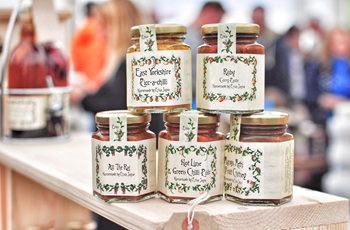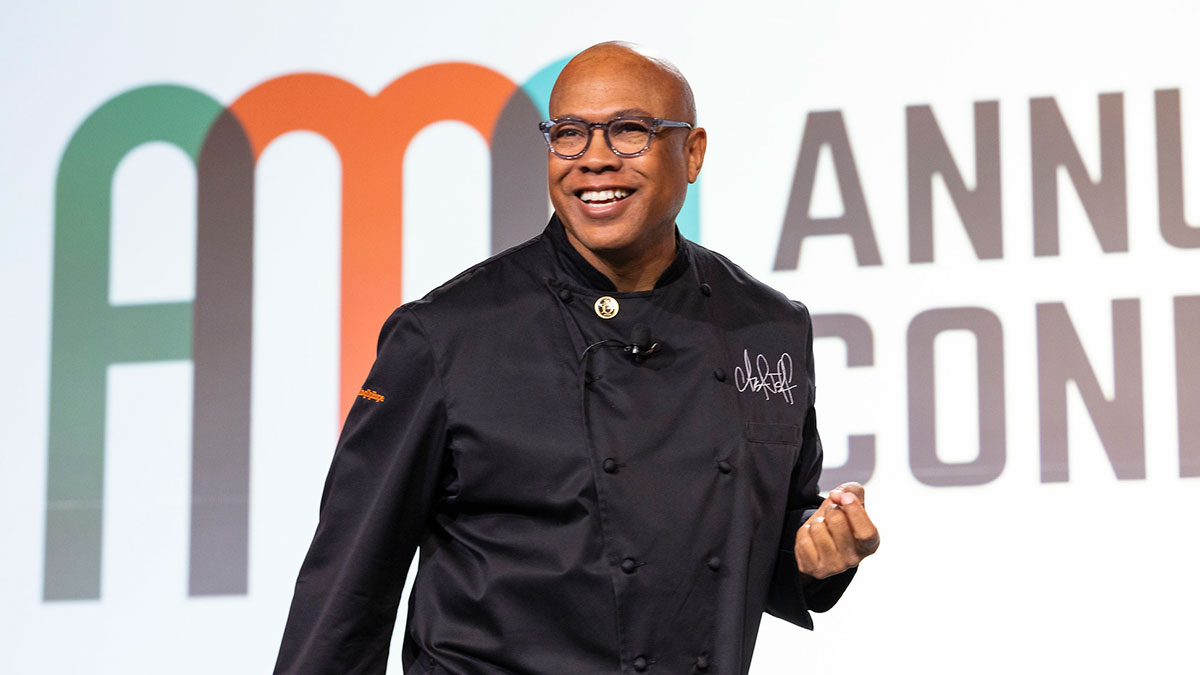By Julie Pryor, Director, Emerging Brands, Food Marketing Institute

Back in the summer of 2015, wine and beer (Corona portfolio) category leader Constellation Brands was one of the first established companies to create an investment vehicle to help nurture emerging brands.
Over the past three years, a number of other major companies have done the same thing, creating venture funds and startup incubator programs. That includes Campbell’s Soup, which created its $125-million Acre Venture Partners fund, and Kellogg, with its $100-million Eighteen94 Capital fund, both in 2016.
In the first few months of this year, Mars Petcare created two pet-focused funds, Kraft Heinz launched an incubator program and Thrive Market made its first investment in a startup through its Thrive Market Ventures fund.
The well-established companies know why they need to be on constant lookout for the next winning product: Consumer tastes and interests are quickly shifting towards higher quality, more unique and in some cases artisanal food solutions; new categories, like natural and organic foods, are surging; fresh versions of highly processed packaged foods are getting traction; while traditional CPGs struggle to keep up with changing consumer demands.
But why the desire to search so far afield for emerging brands rather than take their development in-house? Said another way, why have these missed opportunities materialized in so many different product categories?
Why didn’t –
- Soup companies see the bone broth category arriving?
- Meat processors invent the culinary driven, upscale jerky category?
- Frozen food operators create organic, global flavors frozen meals category?
- Existing companies build the organic protein bar category?
- Dairy companies disrupt themselves and create non-milk milks categories?
- Existing yogurt manufacturers launch the Greek yogurt category?
Evidence of change is compelling: the top 25 food companies in the U.S. lost 300 basis points of sales volume to small and medium sized competitors since 2012. Share of retail sales over this period also declined from 66 to 63 percent, while these same smaller brands drove market growth at 11 and 15 percent CAGR respectively, according to AT Kearney’s “Is Big Food in Big Trouble” report.
Andrew Whitman, managing partner of 2x Consumer Products Growth Partners, said, “They’re (large cap CPG’s) looking for people doing interesting things that a company hasn’t, can’t or won’t do for themselves.”
For the “hasn’t” part of that three-pronged equation, strategic investors know that entrepreneurs may have their ears tuned to the changing marketplace in a way they are not.
According to Robert Wheatley, CEO of Emergent, a marketing and communications company with special expertise in the emerging food brand arena, there are unique differences the upstarts bring to the food business, “Many of these opportunistic niche innovations are exactly that, smaller scope ideas that don’t fit the infrastructure requirements of larger food companies during their nascent stages.”
Wheatley says the innovation ’heat’ has shifted to entrepreneurial players because they more closely mirror lifestyle and health and wellness values in development of their products – and take a more nimble path to product development that’s anchored to evolving food culture preferences.
As to “won’t,” Whitman noted, “They’re saying, ‘We know this is an interesting idea, but it’s going to take a number of years to percolate. We’d rather make a minority investment and maybe buy it if it gets big.’”
And as to “can’t,” “Sometimes they just can’t get internal consensus on doing it themselves,” he said, “but they can get consensus on making an investment and watching the progress.”
The race is on…
As emerging brands gain consumer popularity and retail attention, the race is underway to invest and participate in the early stages of these emerging brands – businesses often founded on unique higher purpose platforms and embedded commitments to premium quality sourcing and production.


 Industry Topics address your specific area of expertise with resources, reports, events and more.
Industry Topics address your specific area of expertise with resources, reports, events and more.
 Our Research covers consumer behavior and retail operation benchmarks so you can make informed business decisions.
Our Research covers consumer behavior and retail operation benchmarks so you can make informed business decisions.
 Events and Education including online and in-person help you advance your food retail career.
Events and Education including online and in-person help you advance your food retail career.
 Food Safety training, resources and guidance that help you create a company food safety culture.
Food Safety training, resources and guidance that help you create a company food safety culture.
 Government Affairs work — federal and state — on the latest food industry policy, regulatory and legislative issues.
Government Affairs work — federal and state — on the latest food industry policy, regulatory and legislative issues.
 Get Involved. From industry awards to newsletters and committees, these resources help you take advantage of your membership.
Get Involved. From industry awards to newsletters and committees, these resources help you take advantage of your membership.
 Best practices, guidance documents, infographics, signage and more for the food industry on the COVID-19 pandemic.
Best practices, guidance documents, infographics, signage and more for the food industry on the COVID-19 pandemic.
